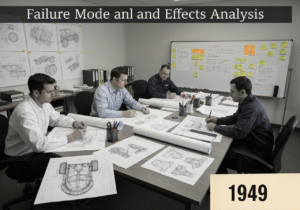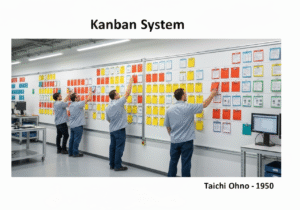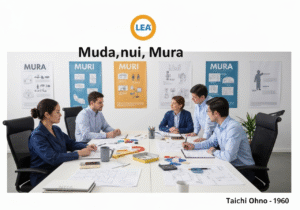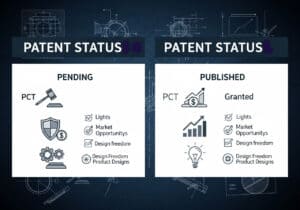A brief review of the 6 Jugaad principles, together with our own additions, views sometimes different, and examples and links to detailed posts on Lean product design and methodologies.
Note that this is not the Jugaad Innovation book review, which you can find in our selection of best books for Innovation.
The Jugaad Method and Principles
The book details the six following chapters, with each translated version enriched with local industrial examples and interviews. All these principles are very close to the Lean aspects of the 14 Lean Toyota Principles.

1 Search Opportunities in Adversity
A new opportunity
See our Gold Nuggets for Innovation article. The problem to solve is itself the opportunity, the key added value of the product or service to propose.
A tougher situation
It requires a more original solution (lighter, cheaper, stronger …), a breakthrough compared to existing, that would not have been researched without adversity.
This principle also implies the final benefits due to more complex technical challenges to solve: less competition, patents, higher margins, and more significant market shares (see the passage of the Blue Ocean Strategy in the Product Variant Design post)
2 Do More with Less
That key principle is the foundation of the Jugaad method and the book title.
It relates to Value Analyses and Lean Design:
- Reduce HR
- Reduce Time To Market, therefore the competition in an already established market
- Reduces general costs –> product cost –> increases success/sell
3 Think and Act in an Agile Manner
This relates to the organizational aspects here. Organize your development to constantly and in advance,
be able to adapt, to change plan
your added value here is knowing your limits and adapting before
From a Design point of view, it relates to the SPRINT method or similar, and Blitz or Kaizen-event approaches. From a production point of view, organize autonomous, flexible, and efficient sub-teams and tools in your production.
4 Aim to Simplicity
Not precisely the Do More With Less principle above.
Strongly related and similar aim that was described in our Keep It Simple detailed article.
- simple and reliable solutions, pinpointing precisely and only the need
- re-using existing studies, parts, or tools
- standardized
5 Include Marginal Segments and People
In a global market, a niche segment can be a big niche. Moreover, these segments can be left aside by big players not having measured the real potential yet.
6 Follow your Heart
Do follow your intuitions, not pre-marketing studies, cabinets, lawyers, or any “adviser” or advisory board.
We personally have never seen a marketing study on a breakthrough concept not adding somewhere in the report or slides some disclaimer that potentially the conclusion of the study could be … completely different! One should not go against the tide, nor any basic quick tests (do some SPRINT project to have a quick estimation), but a completely new product, based on common sense, with a vision and solving a problem, is not a failure until proven so.
Steve Jobs about Innovation:
“It’s really hard to design products by focus groups. A lot of times, people don’t know what they want until you show it to them.”

And Henry Ford similarly 80 years before about his first car (possibly never said by him):
“If I had asked people what they wanted, they would have said faster horses.”
… both to be discussed with your marketing
The Paper and Pencil Example
This “tool” and method of working is frequently advised in Lean methodology and illustrates well four of the Juggad principles.

While doing the daily factory tour, directly write your observations and potential improvements on a small standardized paper. Then this paper is passed on to continuous improvement teams to be the input for the next opportunity meeting.
- simplicity, easy to use, and no additional process (Jugaad #4)
- more with less: in the computer age, pen, and pencil … (Jugaad #2)
- agility to adapt to any situation or paper to be given to different teal (Jugaad #3)
- follow your heart in what and how you write it (Jugaad #6)
More on Juggad
Again, do buy and read the book, as do the other complementary books and articles of Navi Radjou, Jaideep Prabhu, and Simone Ahuja.
Or view some of their talks:





























The concept of “Jugaad” is inspiring.
these concepts align with Lean methodologies, reinforcing that sometimes the simplest
I appreciate the emphasis on following your heart in writing, as it aligns perfectly with the innovative spirit of Jugaad.
Is the Do More with Less principle really sustainable in long-term design projects, or just a quick fix solution?
Related Posts
Contamination Control Strategy & Cleanroom 26 Best Practices
From GMP to cGMP: the Full Mastering Guide
IQ OQ PQ Process Validation: Full Theory & Praxis
The “Lone Nut”, the “First Follower”, and the “Fast Follower” Strategies
Best 20 Usages of Proxies For Engineering
How to Sell Ice to Eskimos (aka Marketing Shenanigans)